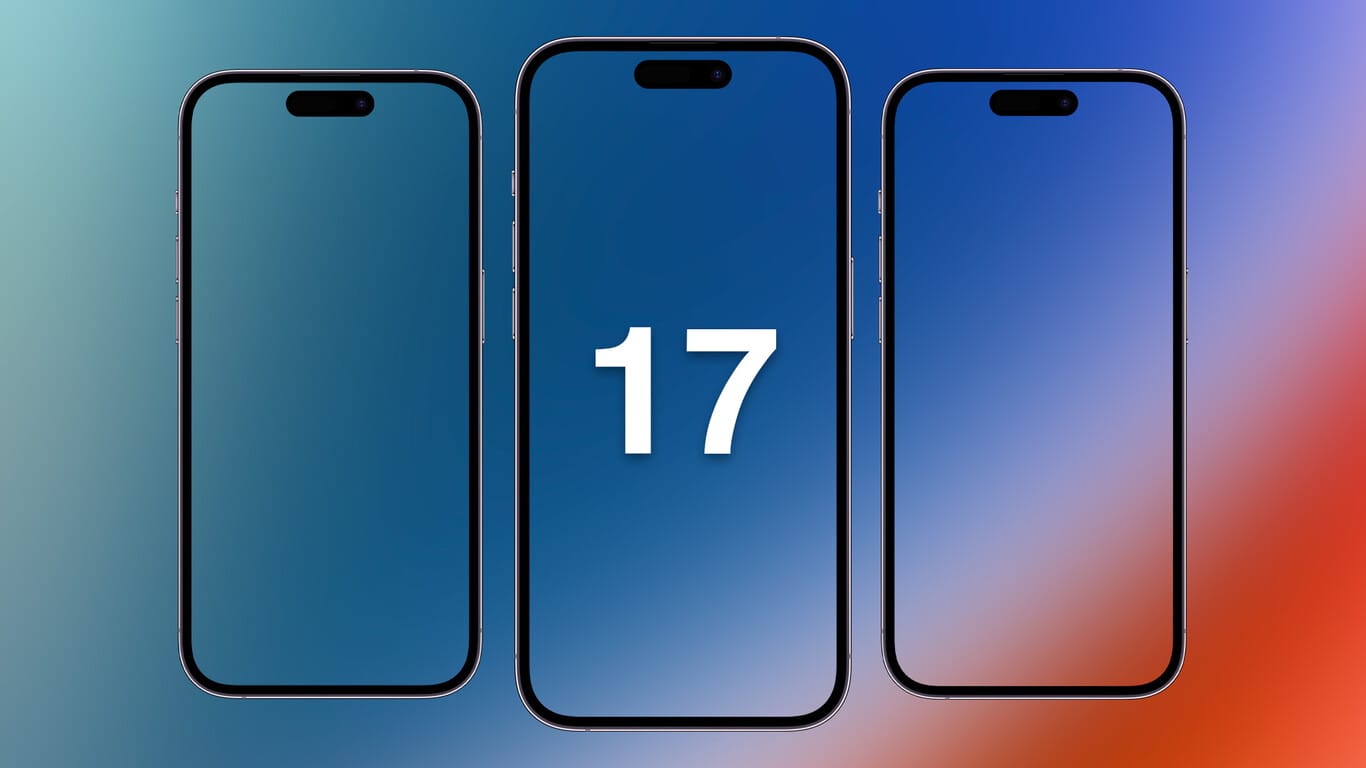Apple’s September keynote is here, and as usual, the spotlight is on the iPhone. Each year the event blends new reveals with familiar patterns, and this one is no different. The question is which choices will truly shift the lineup this time, and which are echoes of moves we’ve seen before?
What’s awe-dropping:
Apple’s slimmest phone debuts
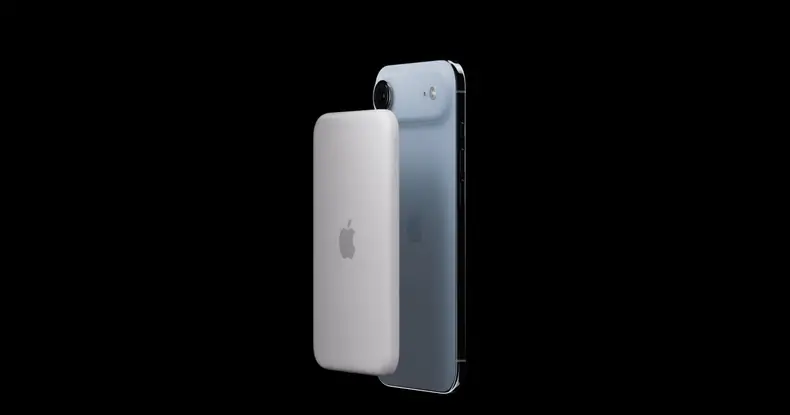
The surprise of the night was the iPhone Air, Apple’s first real break from its standard lineup in years. At 5.6mm, it’s thinner than any iPhone before it, and the titanium frame helps it retain durability while dropping weight. Apple is also pushing eSIM-only on this model, signaling a full break with physical SIMs across more regions. The new “plateau design” looks distinct, carving out a new identity for the Air line rather than feeling like a cut-down Pro. This is Apple’s boldest hardware experiment since the Mini.
48MP all around on the iPhone 17 Pro
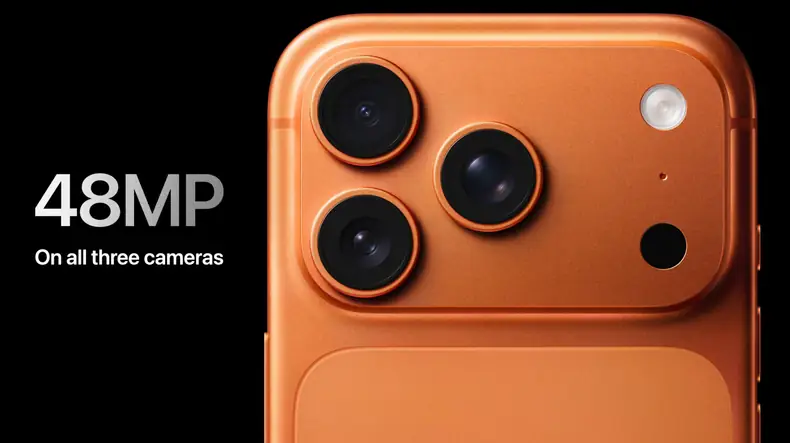
Apple is giving the Pro line a true camera shake-up. For the first time, all three rear lenses are 48MP “Fusion” sensors, which allows the phone to offer 8x optical zoom on the telephoto. This levels up detail, consistency, and crop flexibility across every lens, something even Pro iPhone users have been asking for. The Pro line’s pitch now leans heavily into professional photography and video production, pushing further into the territory once owned by DSLRs.
Vapor chamber cooling comes to iPhones
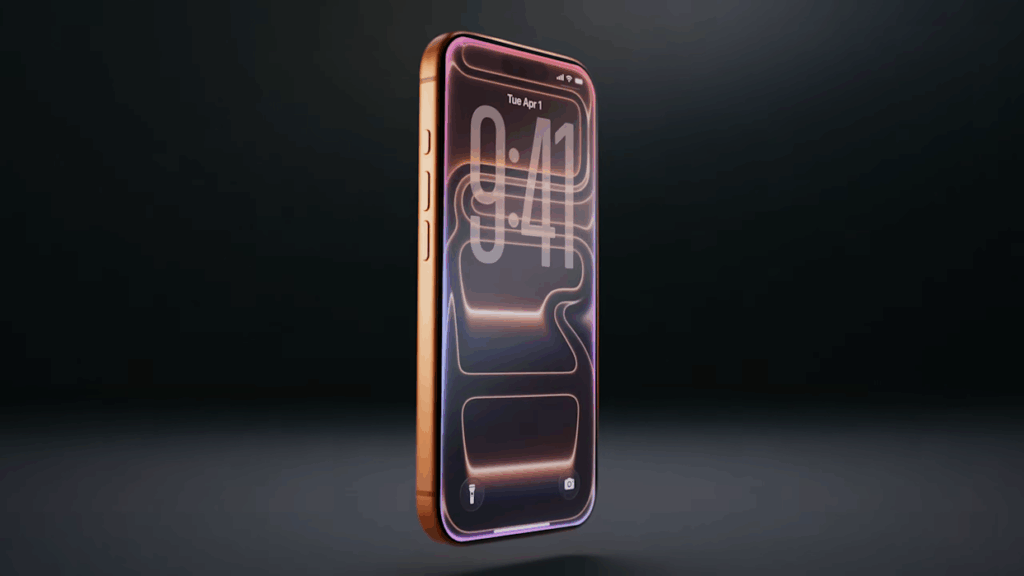
Okay, gamers! Apple finally releases vapour chamber cooling on the 17 Pro and Pro Max. It’s a significant move because Apple has always insisted its thermal design could handle heat with passive systems. Now, with more powerful chips and heavier AI workloads, it’s adopting a cooling method that uses deionised water circulation to keep performance stable. This probably makes sure Apple Intelligence and 8K video recording don’t throttle your phone after minutes of use.
Ceramic Shield 2
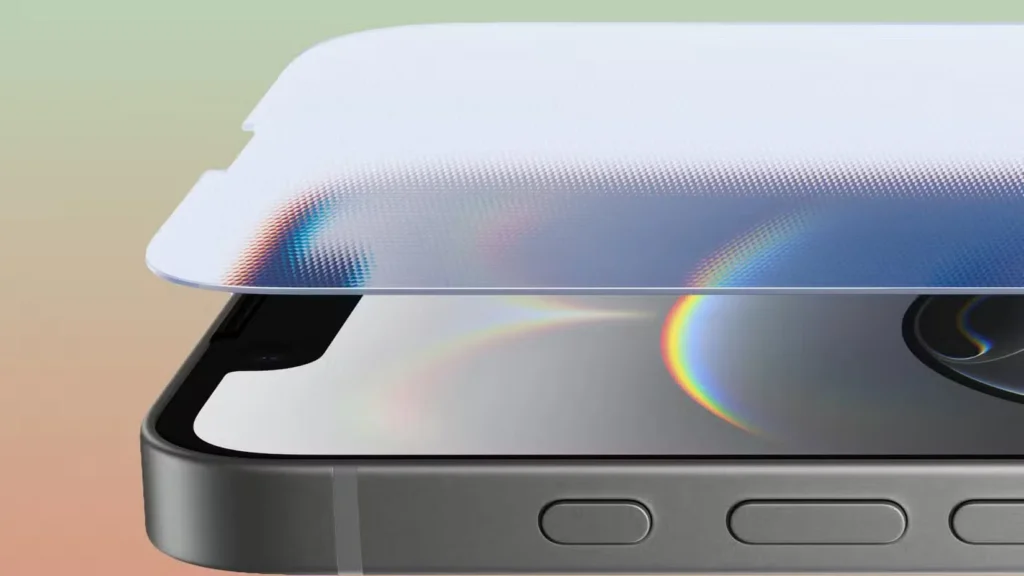
Durability has always been a quiet sore point for iPhones. With Ceramic Shield 2, Apple claims improved scratch resistance and reduced glare in bright light. It’s the kind of upgrade you won’t notice immediately, but it directly addresses long-running user complaints about micro-scratches and readability outdoors. For anyone who avoids screen protectors, this is a real quality-of-life boost.
Liquid Glass UI arrives with iOS 26
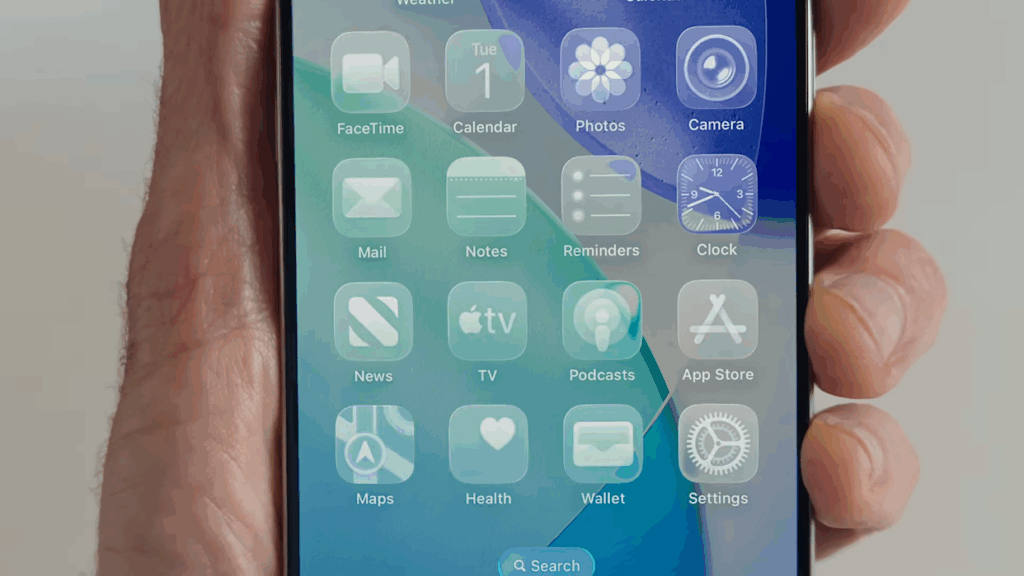
Apple showed off Liquid Glass at WWDC 2025, but tonight was the first time users got to see it on iPhones. That semi-transparent, layered look that makes widgets and apps feel like they’re floating on glass. After years of subtle design shifts, this is one of the biggest visual changes to iOS in a decade, signaling that Apple wants to refresh the feel of its interface while rolling out Apple Intelligence features more seamlessly.
TechWoven replaces FineWoven

After FineWoven’s rough reception, Apple is introducing TechWoven as its new sustainable case and accessory material. Early impressions point to a stronger weave and better resistance to scratches. Apple spent time positioning this as more premium, but also more eco-durable, trying to win back the goodwill lost with FineWoven’s quick wear-and-tear.
For wearables:
- Apple Watch 11 introduces blood pressure and sleep score to compete more directly with Fitbit and Garmin.
- AirPods Pro 3 brings real-time translation powered by Apple Intelligence. You can now hold a conversation across multiple languages, with your AirPods serving as the go-between. It’s the closest Apple has come to the sci-fi “universal translator.”
What we’ve seen before:
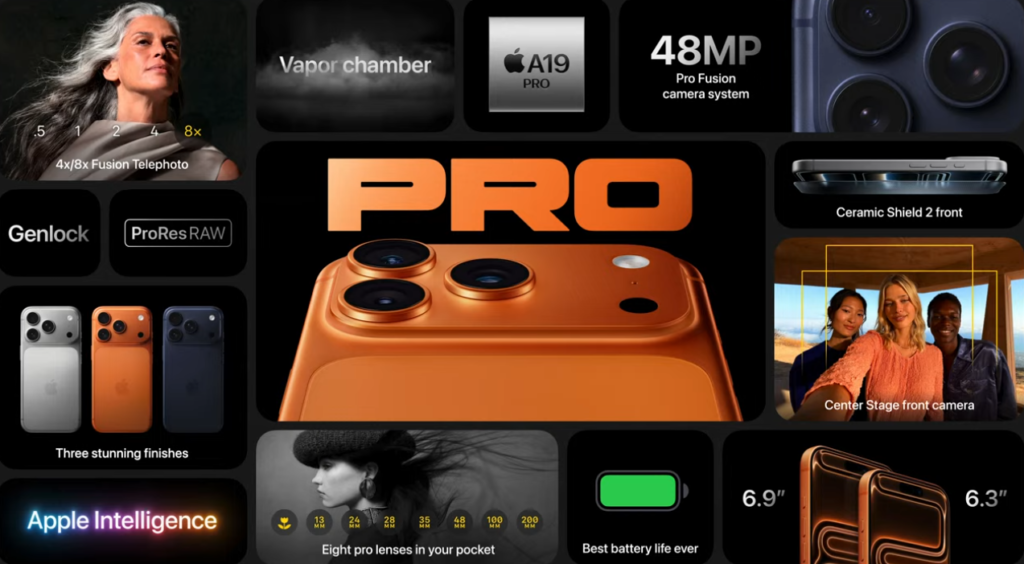
- Four-phone lineup holds, with a small twist: Apple is sticking to its four-phone rhythm, but the Plus has been swapped out in favor of the Air. This doesn’t signal a real lineup expansion—just a reshuffling. It’s a safe play designed to give Apple a “new” product without changing the cadence buyers are used to.
- Bigger batteries, but no surprise: Across the board, the iPhones ship with larger batteries. That’s good news for endurance, but leaks had already confirmed this months ago. Battery life bumps are expected every cycle, so while welcome, it doesn’t count as a breakthrough.
- Price hikes land where predicted: The Pro and Pro Max now start at higher price points, largely because Apple dropped the 128GB tier. Analysts have been warning about this for months, so the reveal felt inevitable. It’s Apple’s quiet way of nudging the average selling price higher without outright raising the sticker.
- Centre Stage makes its way to iPhones: Centre Stage, Apple’s auto-framing camera feature, is finally on the iPhone front camera. But it’s not new tech—it’s been on iPads for years. It’s more of a catch-up move than a fresh innovation.
- Another “Shot on iPhone” film event: Apple once again leaned on its now-familiar “Shot on iPhone” flex, showing cinematic clips captured with the new models. Impressive, yes, but also formulaic at this point. It’s part of the playbook rather than a fresh surprise.
- New colors, same story: Cosmic Orange for the Pro, Sky Blue for the Air—new finishes always get stage time, but they’re cosmetic updates that Apple rolls out every cycle.
- Recycled titanium headlines sustainability: Apple highlighted that its titanium is now “100% recycled.” The company pushes this sustainability angle every year, and while it matters, it doesn’t bring much novelty to the devices themselves.
- Apple Watch Ultra iterations: The Apple Watch Ultra gets a bigger battery and adds satellite messaging. Both are useful but expected. Apple is layering features onto the Ultra line gradually, but nothing here changes the core of the product.
This is a developing story.
Get passive updates on African tech & startups
View and choose the stories to interact with on our WhatsApp Channel
Explore

